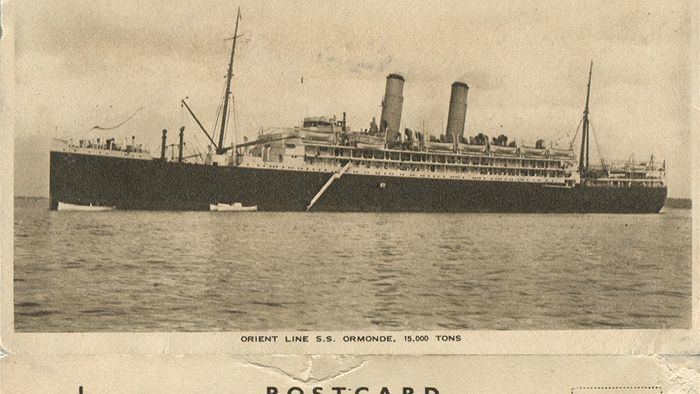 | ||
Ten Pound Poms (or Ten Pound tourists) is a colloquial term used in Australia and New Zealand to describe British subjects who migrated to Australia or New Zealand after the Second World War. The Government of Australia initiated the Assisted Passage Migration Scheme in 1945, and the Government of New Zealand initiated a similar scheme in July 1947.
Contents
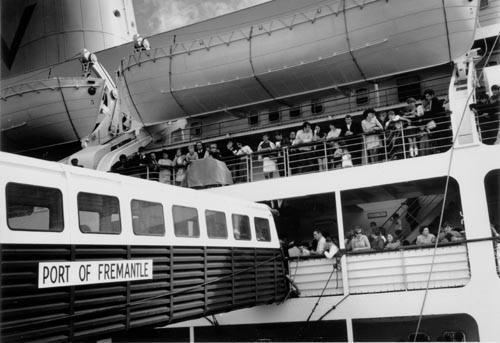
Assisted Passage Migration Scheme
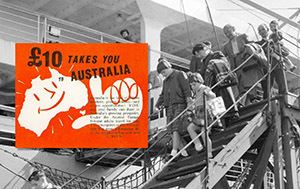
The Assisted Passage Migration Scheme was created in 1945 by the Chifley Government and its first Minister for Immigration, Arthur Calwell, as part of the "Populate or Perish" policy. It was intended to substantially increase the population of Australia and to supply workers for the country's booming industries. In return for subsidising the cost of travelling to Australia—adult migrants were charged only ten pounds sterling for the fare (hence the name; in 1945 pounds, equivalent to £389 in 2015), and children were allowed to travel free of charge—the Government promised employment prospects, housing and a generally more optimistic lifestyle. However, on arrival, migrants were placed in basic hostels and the expected job opportunities were not always readily available. It was a follow-on to the unofficial Big Brother Movement and attracted over one million migrants from the British Isles between 1945 and 1972, representing the last substantial scheme for preferential migration from the British Isles to Australia. In 1957, more migrants were encouraged to travel following a campaign called "Bring out a Briton". Coming to an end in 1982, the scheme reached its peak in 1969; during this year over 80,000 migrants took advantage of the scheme. The cost to migrants of the assisted passage was increased to £75 in 1973 (equivalent to £818 in 2015).
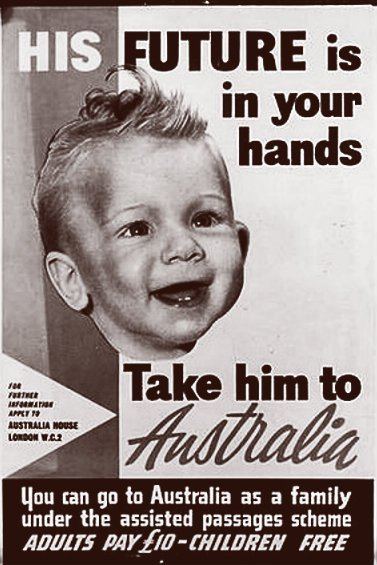
While the term "Ten Pound Pom" is in common use, the scheme was not limited to migrants from the United Kingdom. Persons born in the Irish Free State or in the southern counties of Ireland prior to the establishment of the Republic of Ireland in 1949 were also classified as British subjects. In fact most British subjects were eligible and, at the time, that included not only those from the British Isles but also residents of British colonies such as Malta and Cyprus. Australia also operated schemes to assist selected migrants from other countries, notably the Netherlands (1951), Italy (1951), Greece (1952), West Germany (1952) and Turkey (1967).
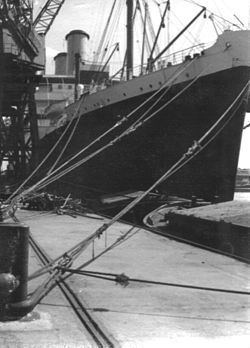
Assisted migrants were generally obliged to remain in Australia for two years after arrival, or alternatively refund the cost of their assisted passage. If they chose to travel back to Britain, the cost of the journey was at least £120 (in 1945 pounds, equivalent to £4,670 in 2015), a large sum in those days and one that most could not afford. It was also possible for many British people to migrate to Australia on a non-assisted basis before the early 1970s, although most travelled as Ten Pounders. This was part of the wider White Australia policy. A quarter of British migrants chose to return to the UK but half of these—the so-called "Boomerang Poms"—returned to Australia.
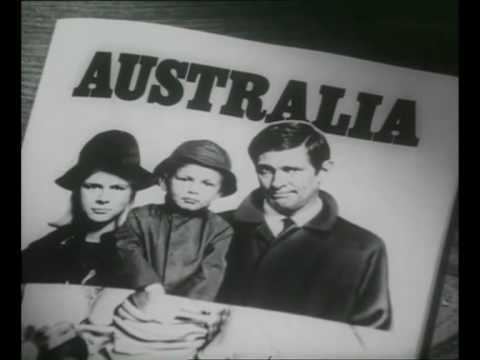
Before 1 December 1973, migrants to Australia from Commonwealth countries were eligible to apply for Australian citizenship after one year's residence in Australia. In 1973 the residence requirement was extended to three years, then reduced to two years in November 1984. However, relatively few British migrants—compared to other post-war arrivals, such as Italians, Greeks and Turks—took up Australian citizenship. Consequently, many lost their Australian resident status later on, usually through leaving Australia.
New Zealand scheme
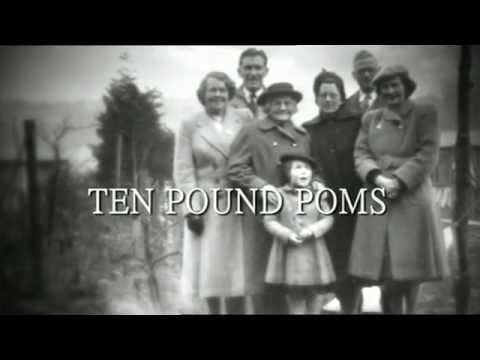
The Government of New Zealand initiated a similar immigration scheme in July 1947. The first immigrants arrived on the RMS Rangitata later that year. The scheme was administered by the Department of Labour under the guidance of Bert Bockett, and was expanded to include the Netherlands in 1950. The Dutch immigration scheme finished in 1963, with just over 6,000 immigrants to New Zealand; with Bockett receiving the Olivier van Noort medallion from the Dutch government in the following year. The British immigration scheme lasted until 1971, with 76,673 immigrants. From 1957 to 1971, the scheme applied to further European countries, with a total of 1,442 immigrants.
Well-known participants

Former Prime Minister Julia Gillard migrated with her family from Barry, Glamorgan, Wales in 1966. Her parents hoped the warmer climate would help cure her lung infection.
Another former Prime Minister, Tony Abbott, migrated in 1960 under the scheme, although his father had already lived in Australia after arriving at the beginning of the Second World War on a Blue Funnel Liner, and his mother was an Australian expatriate living in Britain at the time of his birth.
England fast bowlers Harold Larwood (in 1950) and Frank Tyson (in 1960) also took advantage of the scheme when they retired from cricket.
The Bee Gees (Gibb brothers) spent their first few years in Chorlton-cum-Hardy, Manchester, England, then moved in the late 1950s to Redcliffe in Queensland, where they began their musical careers.
The five original members of the Easybeats migrated independently to meet in Sydney and take Australia by storm with 'Easyfever'. Lead singer Stevie Wright migrated from Leeds, England. Meanwhile, Harry Vanda migrated from the Hague, Netherlands and George Young migrated from Glasgow, Scotland to become the twin guitars and later the songwriting team that took the Easybeats to the world with Friday on My Mind. George's younger brothers Malcolm Young and Angus Young formed the twin guitars of AC/DC, with another immigrated Scotsman Bon Scott who, after his untimely death, was replaced by UK transplant Brian Johnson (not an assisted passage participant). Malcolm (after being diagnosed with a severe memory loss disorder) was replaced by nephew Stevie Young, who had travelled on the same flight to Australia in 1963 as his uncles George, Malcolm and Angus.
Grace McNeil (née Greenwood) and Christopher John Jackman, a Cambridge-trained accountant, migrated to Australia in 1967 where their son, Hugh Jackman, was born in Sydney, New South Wales.
Businessman Alan Bond moved to Australia with his family in 1950.
